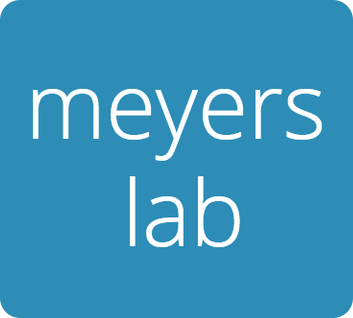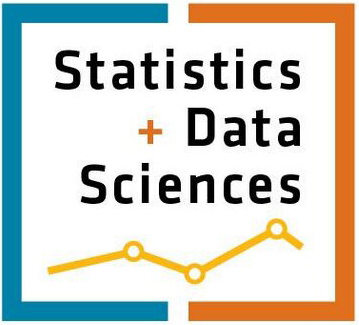The University of Texas COVID-19 Modeling Consortium
Notes: Texas is divided into 22 Trauma Service Areas (TSA’s). A map and list of counties in each TSA is available here: https://www.dshs.texas.gov/emstraumasystems/TSA_CountyList2010_RAC.pdf
Our model uses COVID-19 hospitalization data (provided by DSHS and Texas2036) and anonymized cell phone mobility data (provided by SafeGraph) to estimate the local state of the pandemic in each TSA and to make short-term projections of COVID-19 hospitalizations and ICU needs.
The effective reproduction number R(t) is an epidemiological quantity used to describe the contagiousness of a disease. An epidemic is expected to continue if R(t) is greater than one and to end if R(t) is less than one. It can be interpreted as the average number of people that an infected case will infect. The value of R(t) depends on the basic infectiousness of the disease, the number of people that are susceptible to infection, and the impact of social distancing, mask wearing and other measures to slow transmission. The weekly patterns in R(t) stem from weekday-weekend fluctuations in the cell phone mobility data that we use to estimate transmission rates.
The probability the epidemic is growing is equal to our estimated probability that R(t) is greater than one.
The 14-day change is the estimated increase/decrease in the number of newly infected cases as compared to 14 days prior.
Austin Area (TSA O): These projections are based on the daily COVID-19 hospital census provided by Texas DSHS for the 11-county TSA. In contrast, the projections on the Austin Dashboard are based on reported daily COVID-19 hospital admissions and discharges provided by all hospitals in the five-county Austin-Round Rock MSA.
For questions, please contact utpandemics@austin.utexas.edu






